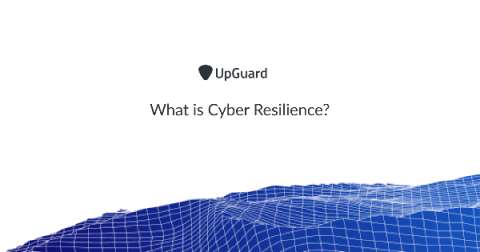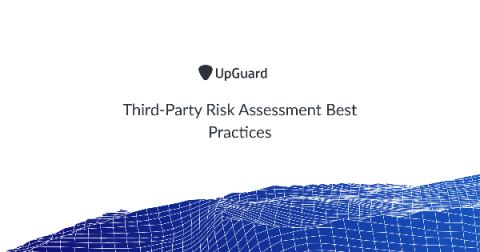COSO-Based Internal Auditing
Internal audit and compliance departments benefit from having a comprehensive framework to use to perform corporate risk assessment and internal control testing as well as fight fraud. The most popular framework is the COSO Framework. The Committee of Sponsoring Organizations of the Treadway Commission (COSO) was originally formed in the United States in 1985 to combat corporate fraud.




